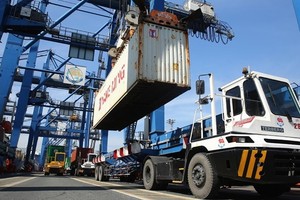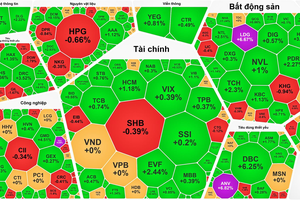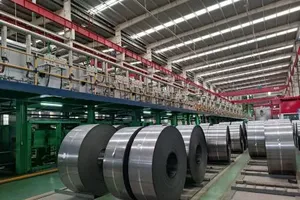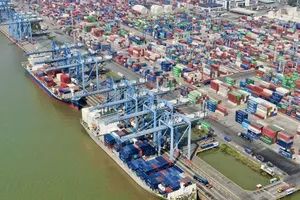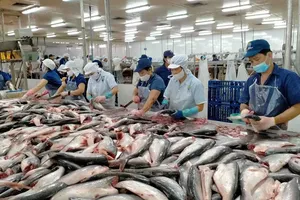Vietnam faces a perennial trade deficit since most of its exports are raw materials, semi-processed goods, and contract-manufacturing goods while it imports more high-value goods, machinery, equipment, production lines, and parts.
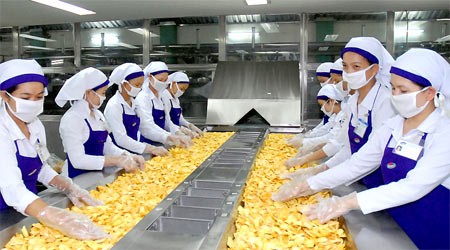
According to the Ministry of Industry and Trade, exports might top US$66-67 billion this year and imports, $80-81 billion.
Vietnam imports a range of goods from China. Trade between the two countries was worth over $21.3 billion in 2001-2009, accounting for 17 percent of Vietnam’s total trade.
Imports from China accounted for 90 percent of total import in that period.
Economists say China can easily export its products to Vietnam, while Vietnamese companies cannot do so because China produces the same products in massive quantities.
China has mainly exported items that Vietnamese producers cannot make enough to meet local demand -- like steel, textile and garment materials, fertilizers, and auto parts.
Vietnam has also imported machinery, equipment, and machine parts from China since its machine tools industry remains undeveloped.
Vietnam imported $13.5 billion worth machinery and equipment in 2009, most of it from China.
But as a result, Vietnam has been unable to import the latest technologies, only copied and backward ones.
The ministry said it will be difficult to curb this year’s trade deficit at less than 20 percent of exports.
Exporters’ difficulties
Vietnamese exporters said since input costs have risen, it has been hard for them to export at profitable prices while trying to compete with foreign exporters.
In addition, the shortage of workers in the clothing, textile, footwear, furniture, and machinery sectors has made enterprises wary of accepting export orders.
The exporters also face difficulties in getting credit loans while interest rates, though slightly down, remain high.
Since the Vietnam-US Trade Agreement was signed in 2001 and the country acceded to the World Trade Organization in 2007, it has faced anti-dumping over 40 lawsuits relating to key exports in many markets, including the US and the EU.
The lawsuits have also been a drag on the Government’s plans to boost exports.
Measures to reduce trade deficit
Economists say that to cut the deficit, there should be technical barriers to limit imports of inessential goods those that can be made in the country.
Production and competitiveness of goods have to be enhanced, they say.
They call for restructuring imports and creating favorable conditions for import of machinery and technologies from advanced markets like Japan, the US, and the EU.
They point to the exchange rate policy as being an effective tool for reducing the deficit since a devaluation of the dong will encourage exports and discourage imports.
But others point out that lowering the exchange rate is not a solution to the deficit but a consequence.
The forex rates fluctuate with the deficit, they explain, and will not help reduce the trade deficit.
A normal problem for a newly developing country like Vietnam is that most feedstock for production has to be imported and the value of its exports is not high, they point out further.
To help exporters avoid anti-dumping lawsuits, the Competition Management Department set up in August an online early-warning system against anti-dumping proceedings against aquatic produce, leather footwear, clothing and textile, furniture, and power cables.
It is aimed at giving exporters time to respond to punitive actions in importing markets.
The system will initially cover the US and Europe, the two key markets for Vietnamese exports.

